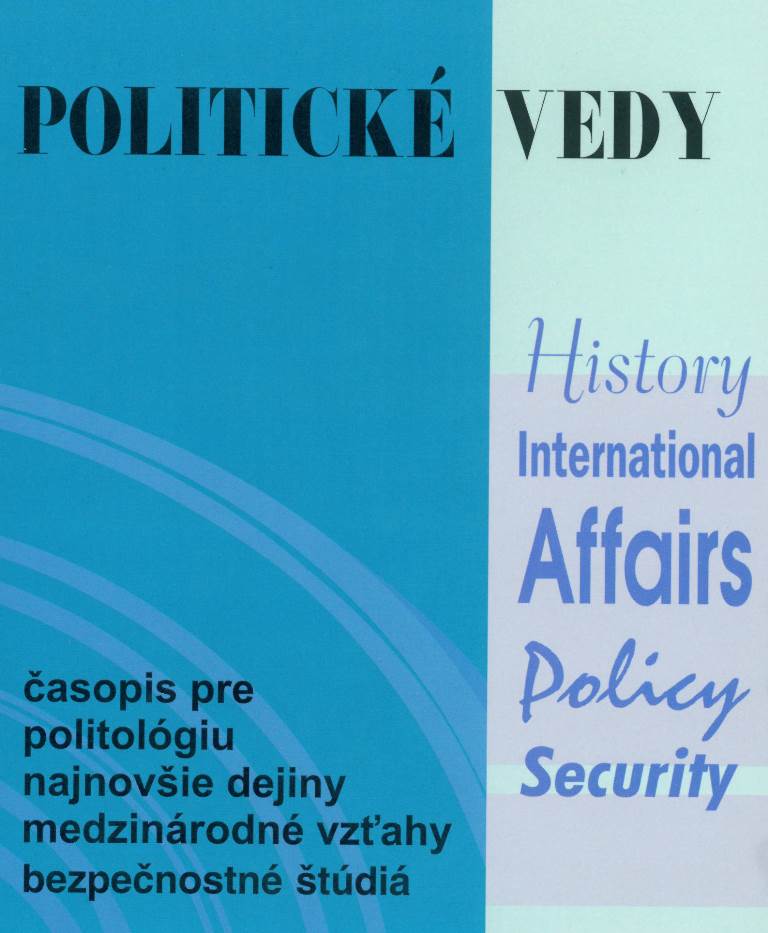Transformation of District-Level Competition in Mongolian Elections, 1992–2020: Towards Territorial Homogenization (Nationalization) of Voter Behaviour?
Transformation of District-Level Competition in Mongolian Elections, 1992–2020: Towards Territorial Homogenization (Nationalization) of Voter Behaviour?
Author(s): Pavel MaškarinecSubject(s): Politics, Political Theory, Political Sciences
Published by: Univerzita Mateja Bela
Keywords: Mongolia;Parliamentary Elections;Electoral Engineering;District-Level Competition;Simplex Representation
Summary/Abstract: This paper tests the effects of the electoral reforms in all Mongolian elections between 1992 and 2020 by analysing national and district-level results. Especially, we address the question whether the pattern of the national competition is replicated also at the local level and the presence or absence of a (party system) projection from the local to the national level can corroborate the so-called nationalization thesis. We take different approaches. First, we use the Gallagher disproportionality index (LSq Index) to measure the disproportionality of an electoral outcome. Second, we use Laakso and Taagepera’s effective number of parliamentary parties (ENPP) as a measure of parliamentary fragmentation, and effective number of electoral parties (ENEP) as a measure of concentration in the distribution of votes across parties. Third, we use graphic tool, simplex representation, to analyse the nature of competitiveness at district level. We have come to several conclusions. First, our analysis has shown that the tendency to symmetrical two-party competition was present in less than half of the elections, together with the increasing trend against bipolarization of Mongolian electoral politics. A very important finding has been also the confirmation of the continued importance of the urban-rural cleavage in Mongolia, which resulted in a different shape of party competition between the countryside and the capital city of Ulaanbaatar. Finally, the equilateral simplex representation has broadened our understanding of district-level electoral competition, when we address the so-called nationalization thesis. While some previous studies found the presence of some form of two-party system in almost all Mongolian elections, the simplex visualization of the competition showed that the district-level party system was far from nationalized, i.e., with the two nationally strong parties being strongest in the districts as well – quite the opposite.
Journal: Politické vedy
- Issue Year: 25/2022
- Issue No: 4
- Page Range: 109-141
- Page Count: 33
- Language: English

